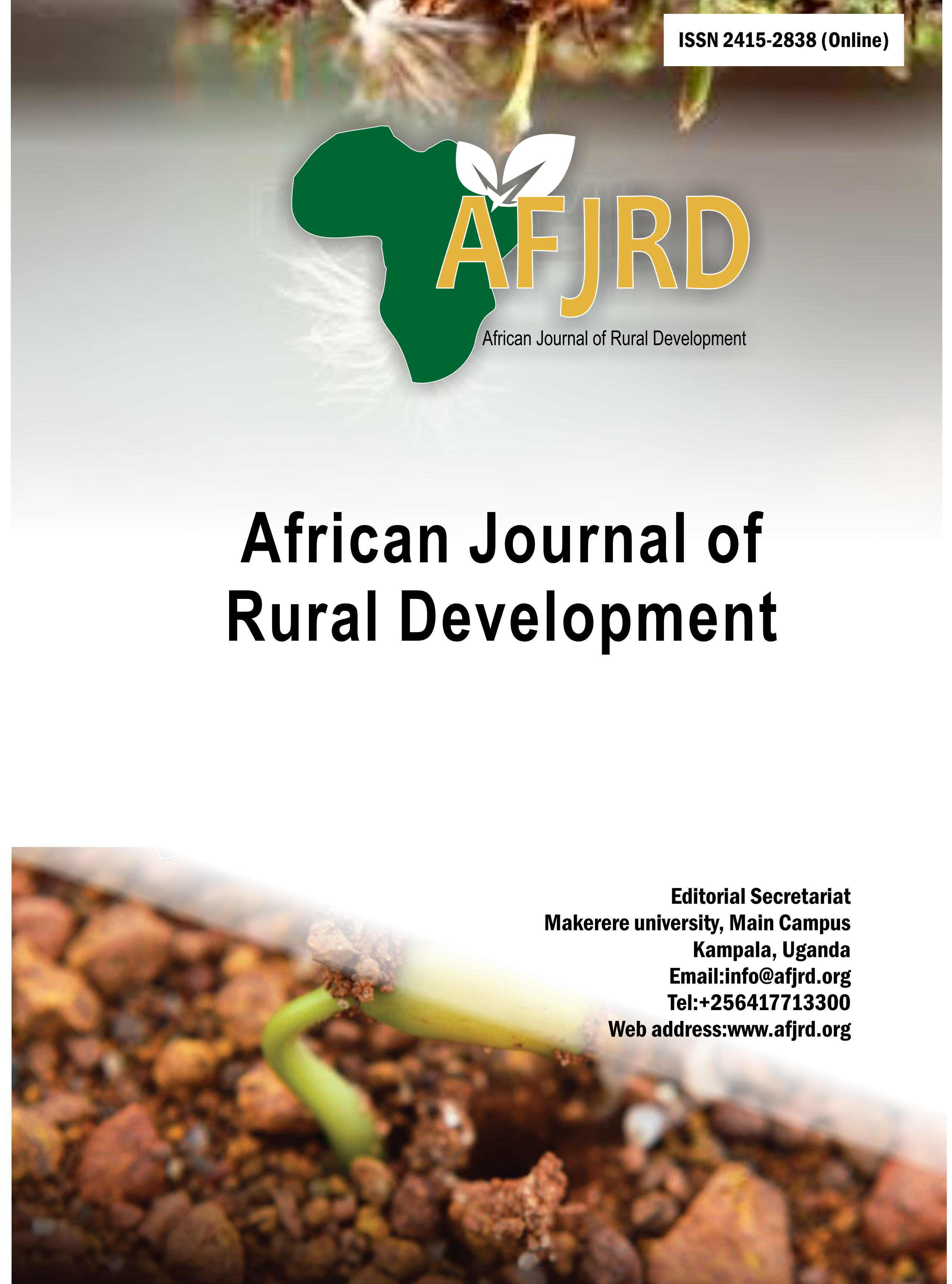Bacteriophage Action against Tilapia Fish Aeromonasis in Aquarium Tanks in Uganda
Main Article Content
Abstract
Aeromonas hydrophila is a highly virulent fish pathogen that causes diseases such as Hemorrhagic Septicemia, Ulcer Disease, and Red-Sore Disease. Current management mainly relies on antibiotics, but indiscriminate use has led to resistant bacterial strains, necessitating alternative strategies. This study evaluated the use of lytic bacteriophages as a treatment for Aeromonas infections in tilapia. The pathogen was confirmed through biochemical and genetic profiling, and bacteriophages were isolated, propagated, and tested for stability in water across pH 6–9 and varying temperatures. Tilapia fingerlings (~5 g) were acclimatized and placed into aquarium tanks, with test groups either inoculated with bacteria and stressed by delayed feeding before phage application, or given phages without stress. Controls were neither infected nor treated. Results showed bacteriophages remained stable in water, and the bathing method was effective for both infection and phage delivery. Stress accelerated disease onset, while phage treatment significantly improved fish survival. Multiplicity of infection (MOI) levels of 0.01–1 were effective, though MOI 10 and 100 produced superior results. Phages persisted in the water for approximately 14 days. Survival analysis using GraphPad Prism revealed significant differences between treated and control groups, confirmed by the Mantel-Cox and Gehan-Breslow-Wilcoxon tests (p < 0.0001). Overall, direct administration of a single phage isolate effectively controlled Aeromonas hydrophila infection in tank environments. The study recommends future research on phage stability and efficacy in pond systems, including testing cocktail phage preparations from multiple isolates.
Article Details

This work is licensed under a Creative Commons Attribution 4.0 International License.
